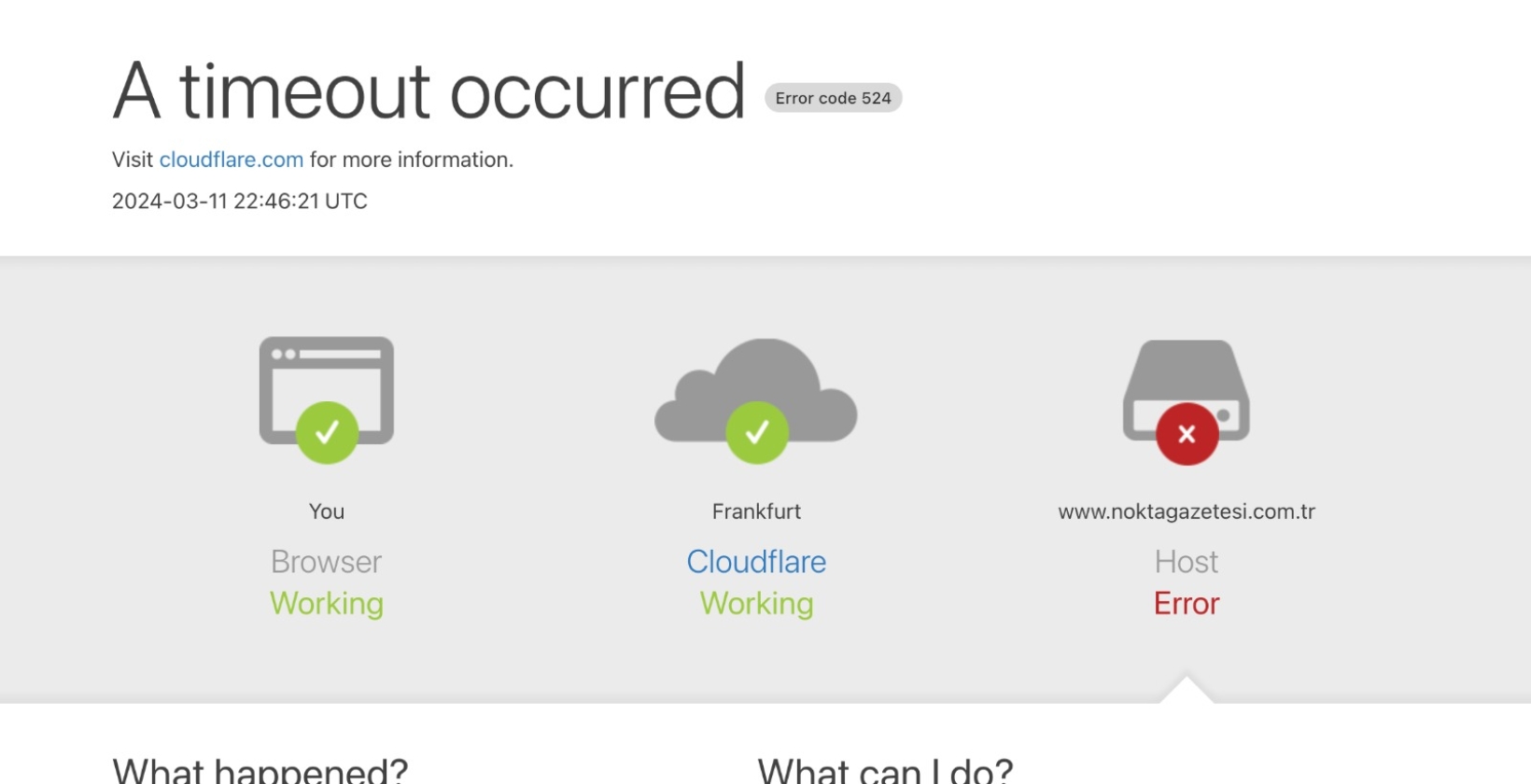A recent Cloudflare disruption resulted in a notable rise in 5xx server errors affecting numerous websites and applications behind its network. This widespread issue means both users and search engine crawlers are encountering similar errors.
From an SEO standpoint, such outages often appear more alarming than they truly are. Typically, brief spikes in 5xx errors primarily hinder Google’s crawling process without causing immediate, long-lasting impacts on rankings. However, there are several important aspects to monitor.
Understanding What Happened
Websites leveraging Cloudflare as a CDN or reverse proxy display generic “500 Internal Server Error” pages or fail to load altogether. All responses in the 5xx range are categorized as server errors.
If Googlebot crawls the site during the outage, it will register the same 5xx errors users experience. These spikes in server errors or decreased crawl activity might not show up instantly in Google Search Console due to its typical 48-hour delay. To verify current Googlebot experiences, direct examination of raw server access logs is necessary.
Google’s Handling of Short-Term 5xx Errors
Google treats 5xx errors as indications of server overload or downtime. Their official documentation explains that 5xx and 429 status codes cause crawlers to temporarily reduce their crawl rate. Should these errors persist, URLs may eventually be removed from the search index.
For planned maintenance, Google recommends returning a 503 status code signaling temporary downtime. Long-standing 503 responses can be interpreted as content being permanently unavailable.
Google Search Advocate John Mueller recently emphasized that short-term 5xx errors cause Google’s crawling to slow but recover once the server stabilizes, stating:
- “5xx errors cause Google crawling to slow down, but it will pick up again.”
- “If 5xx errors remain for several days, some pages may fall out of the index temporarily but usually reappear fairly quickly.”
This clearly separates brief outages, which usually don’t harm rankings, from ongoing server errors that may lead to indexing issues and longer recovery times.
Persistent Server Errors and SEO Risks
If 5xx errors become chronic, Googlebot may start treating pages as missing, leading to potential drops in search rankings. Recovery then depends on consistently stable responses. The key takeaway is that isolated infrastructure glitches mainly disrupt crawling and do not usually cause lasting SEO damage.
Analytics and PPC Reporting Considerations
Cloudflare also supports other services besides web pages, such as consent management tools, tag managers, and third-party analytics or advertising scripts. If these are delayed or unreachable during the outage, gaps can appear in GA4 data and advertising platform reports.
Consequently, businesses might notice temporary drops in traffic analytics or conversion tracking that reflect data loss rather than actual performance decline. It is prudent to annotate such incidents in analytics dashboards to avoid premature budget or bid adjustments.
Recommendations if Impacted
If your site is affected, first confirm the outage source as Cloudflare-related and not your own server or application issues. Document the timing of errors and recovery, and log these in your analytics and search reporting.
Monitor Google Search Console’s Crawl Stats Report and index coverage alongside your server logs in the following days. Look for normalization in crawl rates and error levels as indicators that the incident is contained.
Avoid rushing to “Validate Fix” in Search Console immediately after restoration, as intermittent connectivity can cause validation failures. Wait at least 24 hours after status reports confirm resolution before validating.
Why This Matters
This incident illustrates how website uptime is a crucial factor in maintaining search visibility, alongside content relevance. When a vital infrastructure provider experiences downtime, performance dips can mimic ranking losses even though the cause lies outside your site.
Understanding Google’s approach to temporary server errors and the effects on analytics allows better client communication and realistic performance expectations. It also helps identify when problems require urgent attention.
Looking Forward
After Cloudflare completes its investigation, focus on whether crawl activity, error rates, and conversion metrics stabilize. If they do, this event will likely be a minor blip in your SEO and paid advertising performance rather than a turning point.




